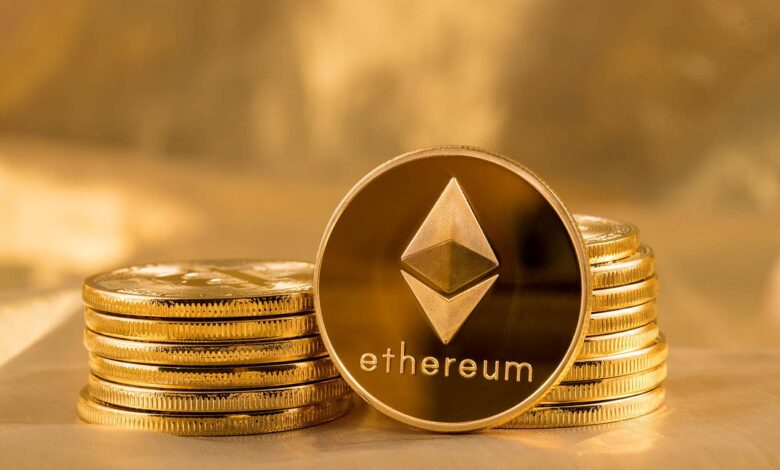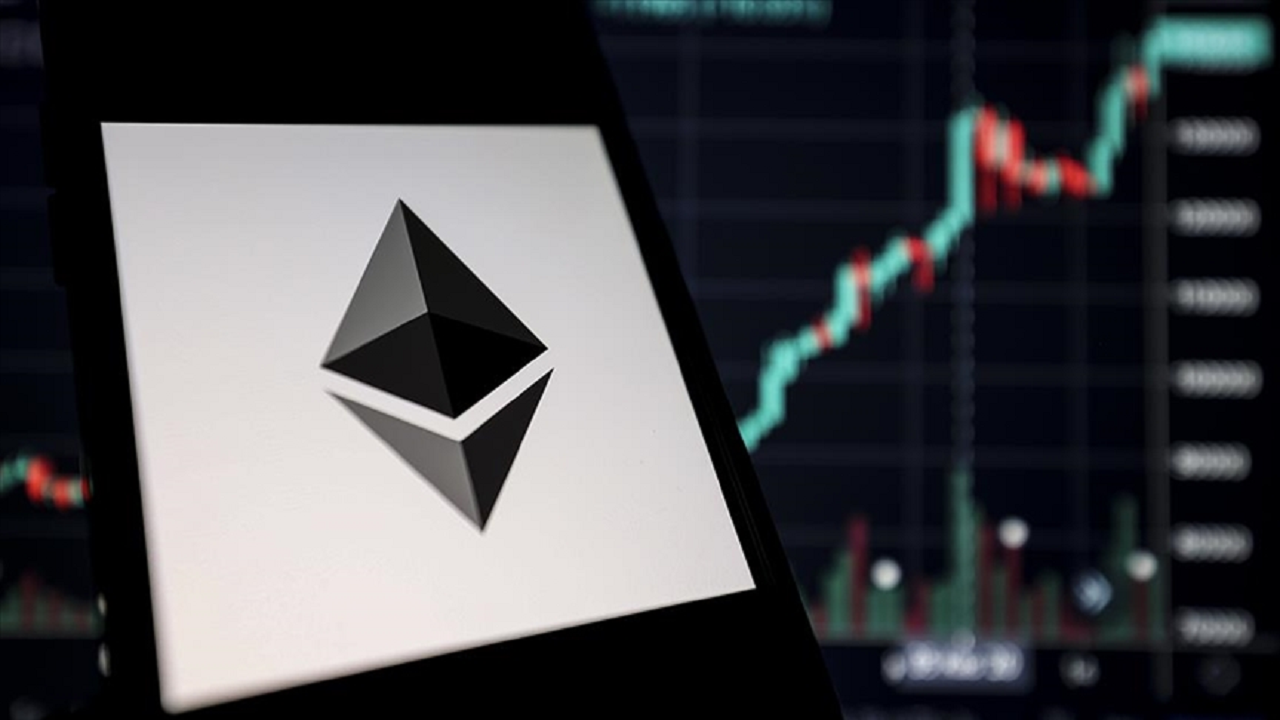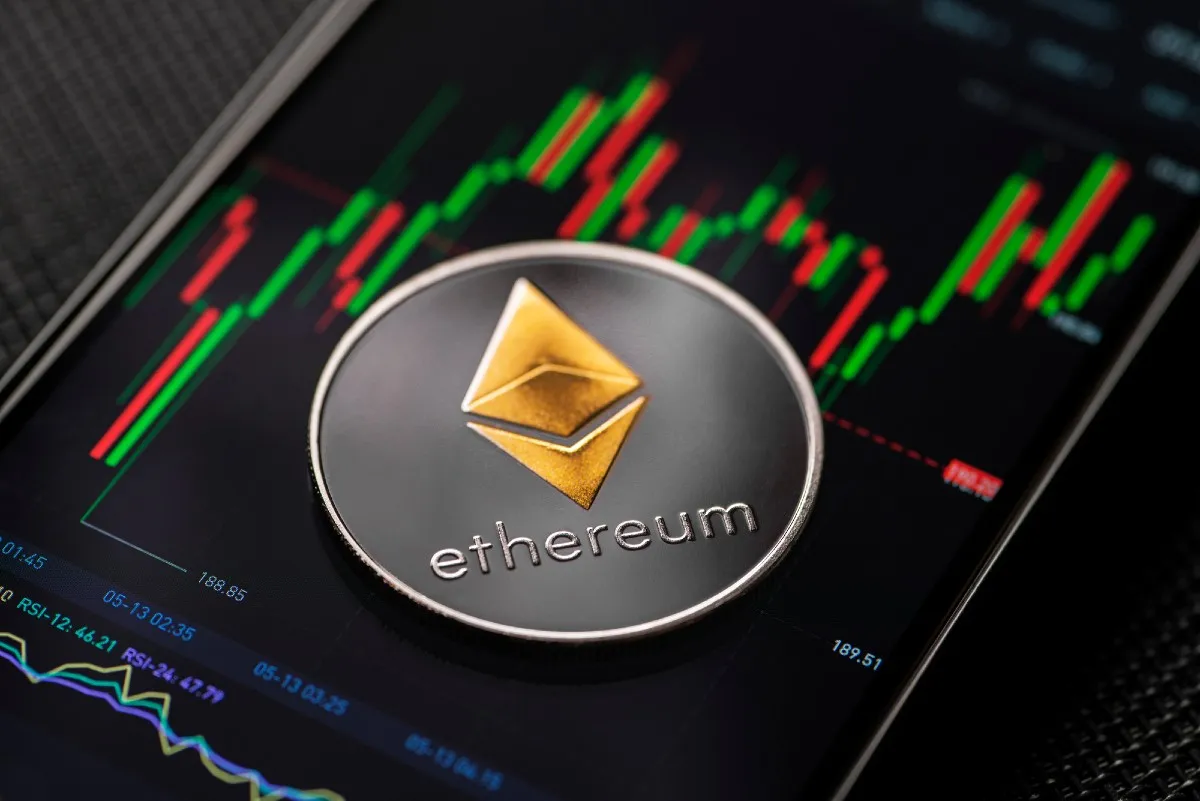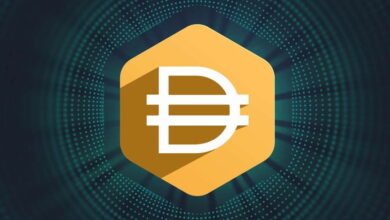
Ethereum Launch Date and Price Complete History & Analysis
The Ethereum launch date and price represent one of the most significant milestones in cryptocurrency history. On July 30, 2015, the world witnessed the birth of a revolutionary blockchain platform that would fundamentally transform how we think about decentralized applications, smart contracts, and digital finance. The Ethereum launch date and its initial pricing dynamics provide crucial insights into the evolution of the second-largest cryptocurrency by market capitalization.
Ethereum’s launch wasn’t just another cryptocurrency debut—it was the introduction of a programmable blockchain that enabled developers to build complex decentralized applications (dApps) and execute smart contracts automatically. The platform’s innovative approach to blockchain technology, combined with its strategic launch date timing and modest initial price, positioned Ethereum to become a cornerstone of the modern crypto ecosystem.
The journey from Ethereum’s conceptualization by Vitalik Buterin in late 2013 to its official launch date in 2015 involved extensive development, community building, and one of the most successful crowdfunding campaigns in blockchain history. The Ethereum price at launch reflected both the excitement surrounding the project and the inherent uncertainty of investing in groundbreaking technology.
This comprehensive analysis explores every aspect of Ethereum’s launch date and price, examining the factors that influenced its initial valuation, the subsequent price movements, and the long-term implications for investors and the broader cryptocurrency market. Whether you’re a seasoned crypto investor or someone new to blockchain technology, Ethereum’s origins provide valuable context for navigating today’s complex digital asset landscape.
The Historic Ethereum Launch Date: July 30, 2015
The Genesis Block and Network Activation
The Ethereum launch date of July 30, 2015, marked the activation of the Ethereum mainnet and the mining of its genesis block. This pivotal moment represented the culmination of nearly two years of intensive development, testing, and community engagement. The launch date was strategically chosen after extensive testing on the Ethereum testnet, ensuring the network’s stability and security for public use.
On this historic Ethereum launch date, the network began processing transactions and executing smart contracts, officially transitioning from a theoretical concept to a functional blockchain platform. The technical implementation involved coordinating thousands of nodes worldwide, establishing consensus mechanisms, and initializing the Ethereum Virtual Machine (EVM) that would power countless decentralized applications.
Pre-Launch Development Timeline
The path to Ethereum’s launch date began with Vitalik Buterin’s whitepaper in late 2013, followed by the formation of the Ethereum Foundation and a successful presale campaign in July-August 2014. The development team, including Gavin Wood, Jeffrey Wilcke, and others, worked tirelessly to bring Buterin’s vision to reality, conducting multiple testnet phases before the official launch date.
The Ethereum launch represented not just a technological achievement but also a community milestone. Thousands of developers, miners, and early adopters had been preparing for this moment, setting up mining rigs, developing applications, and building the infrastructure necessary to support the new network from its launch date forward.
Ethereum’s Initial Price at Launch: $0.40 Foundation

Breaking Down the Launch Price Mechanics
The Ethereum price at launch was approximately $0.40, establishing the initial market valuation for ETH tokens. This price wasn’t arbitrarily set but reflected the dynamics of the presale campaign and early trading activity on cryptocurrency exchanges. The Ethereum launch price represented a significant premium over the presale price of approximately $0.30-$0.35, indicating immediate market interest and demand.
The Ethereum price at launch requires examining the token distribution mechanics. During the presale, approximately 60 million ETH tokens were sold to investors, with additional allocations reserved for the Ethereum Foundation and development team. This initial supply structure influenced the price dynamics immediately following the launch date.
Market Reception and Initial Trading
The Ethereum price movement in the days and weeks following the launch date demonstrated the market’s enthusiasm for the innovative blockchain platform. Trading volume increased dramatically as major exchanges began listing ETH, and the price experienced significant volatility as traders and investors discovered the token’s value proposition.
Early Ethereum price action was characterized by rapid fluctuations as the market tried to establish fair value for the revolutionary platform. The initial price of $0.40 proved to be just the beginning of ETH’s remarkable journey, with subsequent price movements reflecting growing adoption and development activity on the network.
The Ethereum Presale: Foundation for Launch Success
Crowdfunding Campaign Analysis
The Ethereum presale campaign, conducted in July-August 2014, laid the groundwork for the successful launch the following year. This crowdfunding effort raised over 31,000 Bitcoin (approximately $18 million at the time), providing the necessary resources for development and establishing initial price expectations for the launch date.
The presale’s structure and success directly influenced the Ethereum launch price by creating a baseline valuation and generating significant community interest. Participants in the presale received ETH tokens at prices ranging from 1,337 to 1,560 ETH per Bitcoin, depending on the timing of their contribution.
Impact on Launch Dynamics
The presale participants played a crucial role in Ethereum’s launch success, providing not only funding but also an initial user base and development community. Their commitment to the project helped ensure that the network had sufficient support and activity from the launch date, contributing to price stability and market confidence.
The relationship between presale price and launch price demonstrated the market’s validation of Ethereum’s value proposition. The premium between presale and launch prices reflected growing awareness and anticipation for the platform’s capabilities.
Technical Innovations That Influenced Launch Pricing
Smart Contract Functionality
Ethereum’s revolutionary smart contract capabilities were a primary factor in determining the launch price and subsequent market valuation. Unlike Bitcoin, which primarily served as digital money, Ethereum offered a programmable blockchain that could execute complex agreements automatically, justifying a higher initial price point.
The technical sophistication of Ethereum’s smart contract system, powered by the Ethereum Virtual Machine, represented a significant technological advancement that investors recognized in the launch price. This innovation laid the foundation for decentralized finance (DeFi), non-fungible tokens (NFTs), and countless other applications that would drive long-term price appreciation.
Scalability and Development Roadmap
The Ethereum development team’s clear roadmap for network improvements and scalability solutions contributed to investor confidence and the initial launch price. Plans for future upgrades, including the transition to Proof of Stake consensus, demonstrated long-term thinking that justified the price premium over simpler blockchain platforms.
Market Factors Affecting Ethereum Launch Price

Cryptocurrency Market Conditions in 2015
The broader cryptocurrency market environment in 2015 played a significant role in determining Ethereum’s launch price. Bitcoin had recovered from its 2014 lows but remained volatile, creating both opportunities and challenges for new blockchain projects seeking market recognition and sustainable price levels.
The Ethereum launch occurred during a period of growing institutional interest in blockchain technology, with major financial institutions beginning to explore distributed ledger applications. This macro environment supported a premium launch price for innovative platforms like Ethereum.
Competitive Landscape Analysis
At the time of Ethereum’s launch, the blockchain space was less crowded than today, with Bitcoin dominating the market and few viable alternatives offering advanced functionality. This competitive landscape supported Ethereum’s premium launch price and positioned the platform for significant growth as developers discovered its capabilities.
The lack of direct competitors with similar smart contract functionality meant that Ethereum could command a higher price based on its unique value proposition and first-mover advantage in programmable blockchain technology.
Price Evolution Since Launch Date
Early Price Movements (2015-2016)
Following the Ethereum launch date, the price experienced significant volatility as the market discovered the platform’s true value. Initial trading saw the price fluctuate between $0.30 and $1.50 during the first year, with major movements often corresponding to development milestones and adoption announcements.
The Ethereum price during this early period reflected the typical characteristics of emerging technology investments: high volatility, gradual adoption, and periodic speculation-driven surges followed by corrections as the market sought equilibrium.
Major Price Catalysts and Milestones
Several key events since the Ethereum launch date have significantly impacted the price, including the DAO hack and subsequent hard fork, the emergence of Initial Coin Offerings (ICOs), the rise of DeFi protocols, and the NFT boom. Each of these developments demonstrated new use cases for the Ethereum platform and contributed to long-term price appreciation.
The Ethereum price evolution since launch illustrates the platform’s growing utility and adoption, with major price increases often correlating with increased network activity, developer interest, and real-world applications.
Investment Analysis: Launch Price to Today
Return on Investment Calculations
Investors who purchased Ethereum at the launch price of $0.40 have experienced extraordinary returns, with the token reaching all-time highs above $4,800 in 2021. This represents a return of over 12,000% from the launch price, making Ethereum one of the best-performing assets of the past decade.
The Ethereum launch price analysis reveals that early investors who recognized the platform’s potential were rewarded handsomely for their foresight and risk tolerance. However, the journey from launch to today included significant volatility and multiple major corrections.
Risk and Reward Assessment
The Ethereum investment journey since launch demonstrates both the potential rewards and risks associated with emerging technology investments. While the long-term returns have been exceptional, investors have had to endure periods of significant price decline and uncertainty.
The Ethereum launch price and subsequent performance provide valuable lessons for evaluating other blockchain investments and managing portfolio risk in the volatile cryptocurrency market.
Factors That Made Ethereum’s Launch Successful
Community Building and Developer Adoption
The success of Ethereum’s launch and subsequent price performance can be attributed largely to the strong community that formed around the project. The development team’s focus on building tools, documentation, and educational resources attracted thousands of developers who began building on the platform immediately after launch.
This developer adoption was crucial for justifying the Ethereum launch price and supporting long-term price appreciation. As more applications were built on the platform, network effects increased, driving both usage and investment demand.
Strategic Partnerships and Institutional Interest
Ethereum’s ability to attract enterprise interest and strategic partnerships shortly after launch helped validate the platform and support price growth. Major corporations and financial institutions began exploring Ethereum-based solutions, providing credibility and market confidence.
The launch strategy included extensive outreach to potential enterprise users and developers, helping establish Ethereum as the premier platform for blockchain applications and justifying its price premium over competitors.
Lessons Learned from Ethereum’s Launch
Timing and Market Preparation
The Ethereum launch date timing proved optimal, occurring during a period of growing blockchain awareness but before the market became oversaturated with competing platforms. This timing allowed Ethereum to establish itself as the dominant smart contract platform and command premium prices.
The careful preparation leading up to the launch date, including extensive testing, community building, and strategic partnerships, demonstrates the importance of thorough preparation for successful blockchain project launches and sustainable price performance.
Innovation and Value Proposition
Ethereum’s success since launch illustrates the importance of genuine innovation and a clear value proposition in achieving sustainable price growth. The platform’s unique capabilities and continuous development have supported long-term price appreciation and market leadership.
Also Read: Bitcoin, Ethereum, and XRP Poised for Major Gains in 2025
Conclusions
The Ethereum launch date and price analysis reveal important insights about blockchain adoption, market dynamics, and investment opportunities in emerging technologies. The platform’s journey from a $0.40 launch price to becoming the second-largest cryptocurrency demonstrates the potential for transformative technologies to create extraordinary value.
Ethereum’s launch history and price evolution provide valuable context for evaluating current and future blockchain investments. The combination of technical innovation, strong community development, strategic timing, and effective market positioning contributed to Ethereum’s success and offers lessons for both investors and project developers.
The Ethereum launch date of July 30, 2015, and initial price of $0.40 will forever be remembered as pivotal moments in cryptocurrency history. These milestones marked the beginning of a new era in blockchain technology and demonstrated the potential for innovative platforms to reshape entire industries while generating significant returns for early supporters.
As Ethereum continues to evolve with upgrades like Ethereum 2.0 and layer-2 scaling solutions, the lessons learned from its launch remain relevant for market dynamics and identifying promising investment opportunities in the rapidly evolving blockchain ecosystem. The Ethereum launch date and price story serves as both a historical record and an educational guide for navigating the complex world of cryptocurrency investments.







